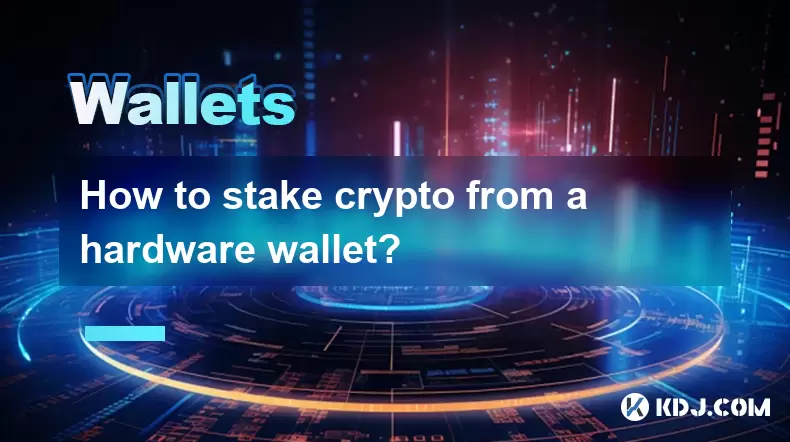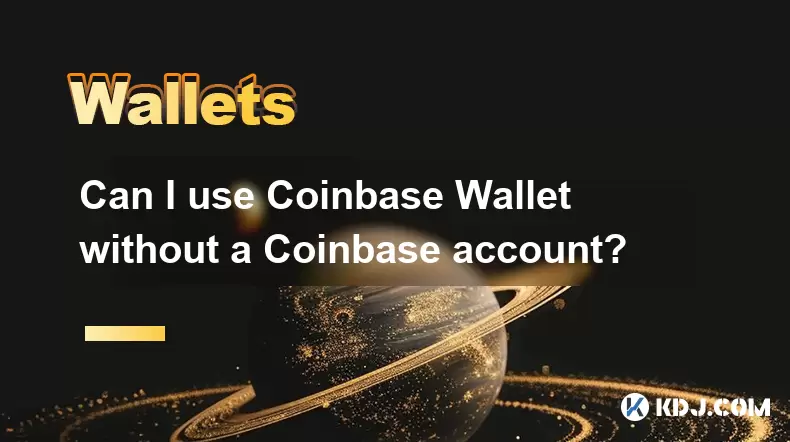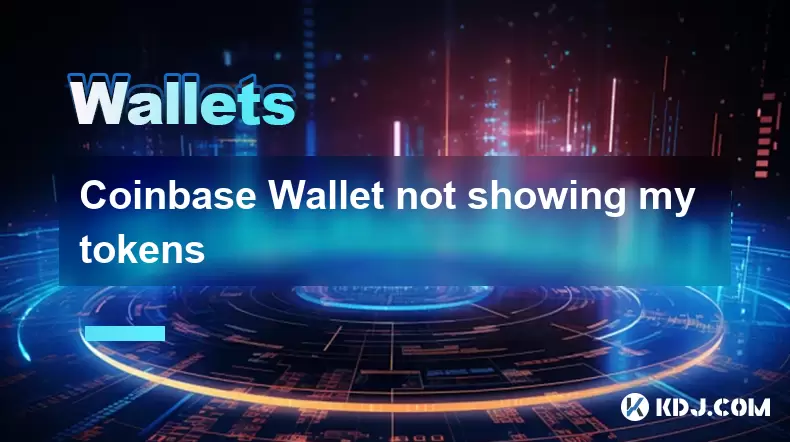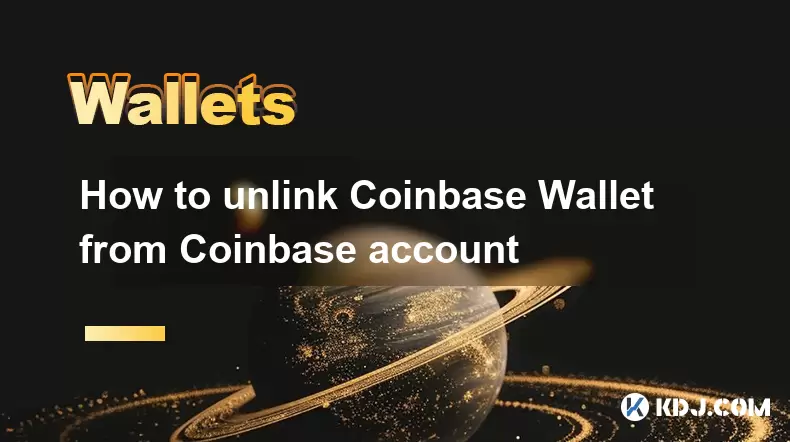-
 Bitcoin
Bitcoin $117900
-0.06% -
 Ethereum
Ethereum $3598
1.67% -
 XRP
XRP $3.433
0.63% -
 Tether USDt
Tether USDt $1.000
-0.02% -
 BNB
BNB $733.2
0.65% -
 Solana
Solana $176.9
-0.25% -
 USDC
USDC $0.9999
0.00% -
 Dogecoin
Dogecoin $0.2417
2.67% -
 TRON
TRON $0.3178
-2.25% -
 Cardano
Cardano $0.8310
2.11% -
 Hyperliquid
Hyperliquid $44.43
0.23% -
 Stellar
Stellar $0.4628
1.17% -
 Sui
Sui $3.852
2.09% -
 Chainlink
Chainlink $18.48
4.01% -
 Hedera
Hedera $0.2684
3.59% -
 Avalanche
Avalanche $24.57
4.87% -
 Bitcoin Cash
Bitcoin Cash $513.5
-0.02% -
 Shiba Inu
Shiba Inu $0.00001492
1.99% -
 Litecoin
Litecoin $113.2
11.61% -
 UNUS SED LEO
UNUS SED LEO $8.980
0.12% -
 Toncoin
Toncoin $3.211
0.51% -
 Polkadot
Polkadot $4.406
4.64% -
 Uniswap
Uniswap $10.16
0.26% -
 Monero
Monero $323.1
1.04% -
 Ethena USDe
Ethena USDe $1.001
-0.02% -
 Bitget Token
Bitget Token $4.936
1.21% -
 Pepe
Pepe $0.00001346
3.98% -
 Dai
Dai $1.000
-0.01% -
 Aave
Aave $318.9
-1.42% -
 Cronos
Cronos $0.1211
2.74%
How to stake crypto from a hardware wallet?
Staking crypto with a hardware wallet enhances security by keeping private keys offline while earning rewards.
Jul 20, 2025 at 02:57 am

What is Crypto Staking and Why Use a Hardware Wallet?
Crypto staking involves locking up digital assets in a blockchain network to support its operations, such as validating transactions or maintaining consensus. In return, participants receive staking rewards, typically paid in the native token of the network. Many investors prefer using a hardware wallet for staking due to its enhanced security features. Unlike software wallets, hardware wallets store private keys offline, making them less vulnerable to hacking attempts.
Staking directly from a hardware wallet ensures that users maintain full control over their funds while still participating in the network's validation process. This method eliminates the need to transfer assets to an exchange, which can expose users to potential risks such as platform insolvencies or cyberattacks.
Important Tip: Always ensure your hardware wallet supports staking for the specific cryptocurrency you wish to stake.
Supported Cryptocurrencies for Staking via Hardware Wallets
Not all cryptocurrencies allow staking, and even fewer are compatible with hardware wallets. Major networks like Ethereum (ETH), Cardano (ADA), Polkadot (DOT), Solana (SOL), and Tezos (XTZ) offer staking capabilities through supported wallets. Before proceeding, verify that both your cryptocurrency and hardware wallet brand support staking.
Popular hardware wallet brands include Ledger and Trezor, each offering compatibility with different blockchains. For example, Ledger Live supports Ethereum staking, while Trezor Suite may have limited staking integrations depending on the firmware version.
Critical Check: Confirm that your chosen cryptocurrency is listed as staking-compatible on your wallet’s official website or documentation.
Setting Up Your Hardware Wallet for Staking
Before initiating the staking process, ensure your hardware wallet is properly configured:
- Update Firmware: Make sure your hardware wallet has the latest firmware installed.
- Install Necessary Apps: Download and install the corresponding blockchain app for the cryptocurrency you intend to stake. For instance, if staking Ethereum, install the Ethereum app on your Ledger device.
- Connect to Computer or Mobile Device: Use the USB cable or Bluetooth (if supported) to connect your hardware wallet to your computer or mobile device.
- Open Wallet Software: Launch the associated wallet application, such as Ledger Live or Trezor Suite.
Once connected and updated, you’ll be ready to proceed with transferring funds and initiating the staking process.
Transferring Funds to the Wallet for Staking
To begin staking, you must first have the required amount of cryptocurrency in your hardware wallet. The minimum staking amount varies by network:
- Ethereum: Requires 32 ETH to run a validator node.
- Cardano: No minimum requirement to delegate, but more ADA increases reward potential.
- Polkadot: Minimum varies based on network conditions and bonding requirements.
Transfer the desired amount of crypto from your existing wallet or exchange to the receiving address provided by your hardware wallet. Always double-check the receiving address to avoid sending funds to the wrong network or wallet.
Warning: Sending funds to the wrong network or chain can result in permanent loss of assets.
After confirming the transaction on the blockchain, wait for sufficient confirmations before proceeding to the next step.
Initiating the Staking Process
The steps for staking vary slightly depending on your wallet provider and the blockchain involved. Here’s a general guide applicable to most platforms:
- Open the Staking Interface: Within your wallet software, navigate to the staking section for the relevant cryptocurrency.
- Select a Validator or Pool: If delegating, choose a reputable validator or staking pool. Look for pools with low commission rates and high uptime.
- Enter the Amount to Stake: Specify how much of your crypto you’d like to stake. Ensure you leave enough for transaction fees.
- Confirm with Your Hardware Wallet: Approve the staking transaction using your hardware wallet’s physical buttons.
- Wait for Confirmation: Once approved, the transaction will be processed on the blockchain. This may take several minutes to hours depending on network congestion.
Your funds are now actively staking, and you should begin accruing rewards after a set period defined by the network.
Monitoring and Managing Staked Assets
After staking, it's important to monitor your staked assets regularly:
- Check Reward Accumulation: Most wallet interfaces provide real-time updates on earned rewards.
- Review Validator Performance: Periodically assess the performance of your selected validator or pool to ensure optimal returns.
- Manage Withdrawals and Re-delegation: Depending on the blockchain, you may be able to withdraw or redelegate your staked assets after a cooldown or unbonding period.
Some networks impose a waiting period before staked assets can be withdrawn. For example, Ethereum requires a withdrawal delay of several days once a validator is exited.
Pro Tip: Never disconnect your hardware wallet during a staking-related transaction, as this may cause errors or failed operations.
Frequently Asked Questions (FAQs)
Q1: Can I unstake my crypto anytime?
Most blockchains enforce a cooldown or unbonding period before staked assets can be withdrawn. This period varies by network and is usually outlined in the wallet interface.
Q2: Do I need to keep my hardware wallet connected continuously?
No, once staking is initiated, your funds remain active on the network even if the hardware wallet is disconnected. However, keeping the wallet secure and accessible is essential for future management actions.
Q3: Are staking rewards automatically added to my wallet?
Yes, most networks distribute rewards directly to the staking wallet. These rewards can be viewed within your wallet software or blockchain explorer.
Q4: What happens if the validator I delegated to goes offline?
Validators that fail to perform their duties may face penalties known as "slashing." It's advisable to choose reliable validators with good reputations to minimize risk.
Disclaimer:info@kdj.com
The information provided is not trading advice. kdj.com does not assume any responsibility for any investments made based on the information provided in this article. Cryptocurrencies are highly volatile and it is highly recommended that you invest with caution after thorough research!
If you believe that the content used on this website infringes your copyright, please contact us immediately (info@kdj.com) and we will delete it promptly.
- XRP Mining, the GENIUS Act, and Coin Holders: A New Era?
- 2025-07-20 06:30:12
- Arctic Pablo Coin: Navigating the Icebound Estates Presale and Token Burn Strategy
- 2025-07-20 06:30:12
- Arctic Pablo Coin's Myth-Themed Presale: Icebound Estates and Beyond!
- 2025-07-20 06:50:12
- Snorter Token's Presale Success: Riding the GENIUS Act Wave in the Crypto World
- 2025-07-20 06:50:12
- PENGU Token's Breakout Momentum: Riding the Wave in a Bearish Market
- 2025-07-20 07:10:12
- Crypto's 100x Hunt in 2025: Beyond the Hype
- 2025-07-20 07:10:12
Related knowledge

Can I use Coinbase Wallet without a Coinbase account?
Jul 18,2025 at 04:35am
What is Coinbase Wallet?Coinbase Wallet is a self-custodial wallet that allows users to store, send, and receive various cryptocurrencies directly on ...

How to add Optimism network to Coinbase Wallet
Jul 20,2025 at 05:21am
What is the Optimism Network?The Optimism network is a Layer 2 scaling solution built on top of the Ethereum blockchain. It aims to enhance transactio...

How to add Arbitrum to Coinbase Wallet
Jul 18,2025 at 03:00pm
Understanding Arbitrum and Its Integration with Coinbase WalletArbitrum is a layer-2 scaling solution developed by Offchain Labs to enhance the speed ...

Coinbase Wallet not showing my tokens
Jul 18,2025 at 09:49am
Understanding Coinbase Wallet Token Display IssuesIf you're experiencing issues where Coinbase Wallet not showing my tokens, it can be frustrating, es...

Coinbase Wallet Chrome extension not working
Jul 19,2025 at 05:14am
Understanding Coinbase Wallet Chrome ExtensionThe Coinbase Wallet Chrome extension is a browser-based cryptocurrency wallet that allows users to inter...

How to unlink Coinbase Wallet from Coinbase account
Jul 19,2025 at 09:28pm
Understanding the Relationship Between Coinbase and Coinbase WalletBefore proceeding with the process of unlinking your Coinbase Wallet from your Coin...

Can I use Coinbase Wallet without a Coinbase account?
Jul 18,2025 at 04:35am
What is Coinbase Wallet?Coinbase Wallet is a self-custodial wallet that allows users to store, send, and receive various cryptocurrencies directly on ...

How to add Optimism network to Coinbase Wallet
Jul 20,2025 at 05:21am
What is the Optimism Network?The Optimism network is a Layer 2 scaling solution built on top of the Ethereum blockchain. It aims to enhance transactio...

How to add Arbitrum to Coinbase Wallet
Jul 18,2025 at 03:00pm
Understanding Arbitrum and Its Integration with Coinbase WalletArbitrum is a layer-2 scaling solution developed by Offchain Labs to enhance the speed ...

Coinbase Wallet not showing my tokens
Jul 18,2025 at 09:49am
Understanding Coinbase Wallet Token Display IssuesIf you're experiencing issues where Coinbase Wallet not showing my tokens, it can be frustrating, es...

Coinbase Wallet Chrome extension not working
Jul 19,2025 at 05:14am
Understanding Coinbase Wallet Chrome ExtensionThe Coinbase Wallet Chrome extension is a browser-based cryptocurrency wallet that allows users to inter...

How to unlink Coinbase Wallet from Coinbase account
Jul 19,2025 at 09:28pm
Understanding the Relationship Between Coinbase and Coinbase WalletBefore proceeding with the process of unlinking your Coinbase Wallet from your Coin...
See all articles

























































































